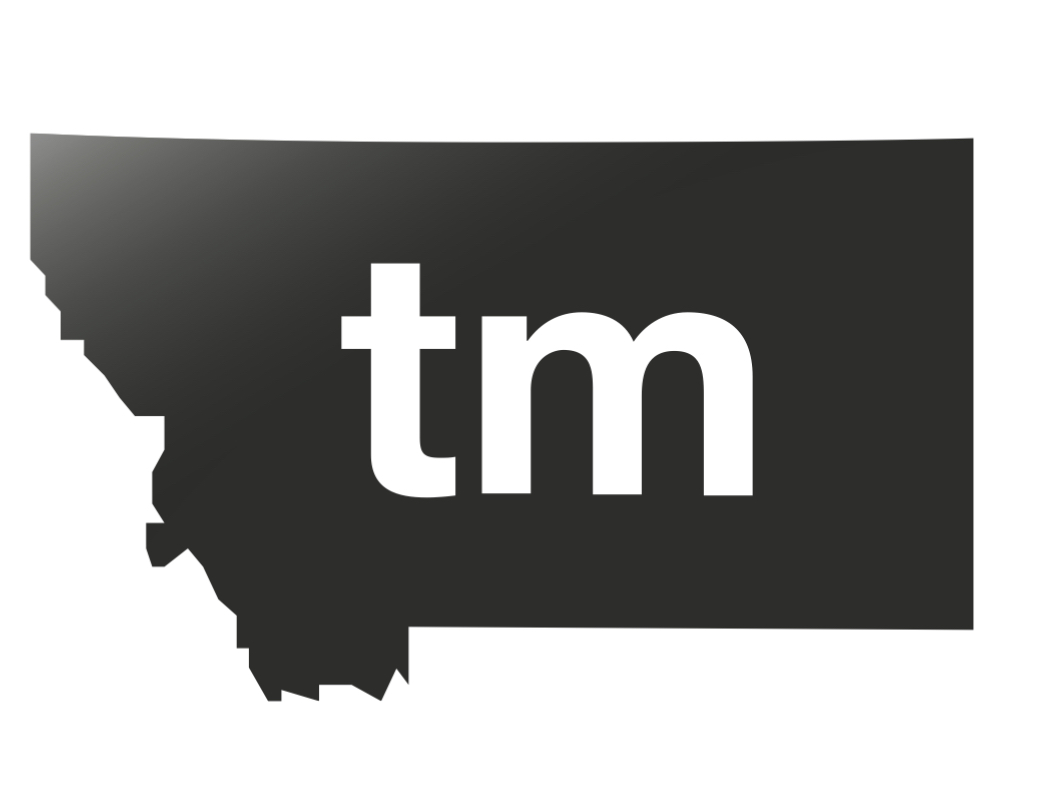
Montana has become a household name thanks to the immense popularity of Yellowstone. The show has brought global attention to our state’s sweeping landscapes and rugged charm, sparking a wave of interest in Montana. But as entertaining as Yellowstone may be, it’s important to remember that it’s a fictional drama. It doesn’t reflect the true Montana—our communities, values, and the way we live, work, and welcome visitors.
Contrary to a growing perception, Montana’s tourism industry didn’t emerge overnight because of a TV show. It’s the product of decades of strategic effort, collaboration, and investment, all designed to build a sustainable economy that benefits our state while preserving its unique character.
Montana’s tourism economy has grown steadily over the last several decades, but this success didn’t happen by chance. It began in 1987, when the legislature established the lodging facility use tax, a 4% tax on all occupied lodging accommodations. This tax provides funding for programs, projects, and ongoing efforts to promote Montana as a travel destination.
In 2003, the lodging sales tax was introduced. This tax mirrors the lodging facility use tax with a 4% rate on lodging accommodations and includes a 4% tax on rental cars. While 25% of the lodging sales tax funds tourism-related programs, the other 75% contributes directly to the Montana General Fund, helping to lower taxes for residents and support essential state services.
These two taxes are intrinsically linked. When visitation increases, so do revenues for both taxes, benefiting all Montanans. The lodging facility use tax drives tourism growth by funding marketing and development, while the lodging sales tax ensures visitors contribute to state coffers. Without the programs funded by the lodging facility use tax, Montana’s tourism economy—and the revenue it generates for the General Fund—wouldn’t exist at its current scale.
There’s no doubt that Yellowstone has brought Montana unprecedented visibility, leading some to suggest that the show is all the advertising we’ll ever need. But depending solely on a fictionalized portrayal of our state is a risky proposition.
Montana is more than its two national parks or the drama depicted on TV. Our state is made up of hundreds of towns—each with its own unique culture, history, and community spirit—many of which are far from Glacier and Yellowstone National Parks. Shows like Yellowstone may pique interest, but they don’t drive sustainable tourism growth or tell the full story of what Montana has to offer.
The lodging facility use tax has allowed Montana to craft a thoughtful, authentic narrative that showcases the state’s diversity and ensures tourism benefits all communities—not just the high-profile destinations.
Montana’s commitment to sustainable tourism took a major step forward in 2023 with the passage of Senate Bill 540, which established the Pilot Community Tourism Grant Program. This initiative provides funding to rural and under-visited communities, helping them develop tourism assets and infrastructure to attract visitors and grow their local economies.
These investments are already making an impact in towns like:
These grants aren’t just financial investments—they’re a commitment to ensuring that all Montanans benefit from the tourism economy. By empowering smaller communities, SB 540 is helping to diversify the state’s tourism offerings and distribute its economic impact more evenly across the state.
Tourism is about more than attracting visitors. It supports local businesses, creates jobs, and helps fund amenities that improve quality of life for residents. From vibrant downtowns to enhanced public lands and recreational opportunities, Montana’s tourism industry has brought countless benefits that wouldn’t exist without strategic investment.
The lodging facility use tax plays a critical role in making this possible. It funds the programs that drive visitation, which in turn generates revenue for the lodging sales tax and contributes to the state’s general fund. This interconnected system has helped build an industry that supports Montana’s economy while preserving its natural beauty and way of life.
Yellowstone may have sparked global interest in Montana, but it’s up to us to define what visitors think of our state. Hollywood’s fictionalized version may draw attention, but it doesn’t tell the real story of Montana—our people, our communities, or the thoughtful stewardship that has built a thriving tourism economy. Shows like Yellowstone may come and go, but sustaining Montana’s tourism industry and the communities it supports requires long-term investment, collaboration, and a commitment to authenticity.
By continuing the work that began decades ago and funding programs like the lodging facility use tax and the Pilot Community Tourism Grant Program, we can ensure Montana’s story reflects our values and priorities. Tourism doesn’t just happen—it’s the result of strategic efforts to build an economy that benefits all Montanans, preserves our natural beauty, and shares an authentic vision of Montana with the world.